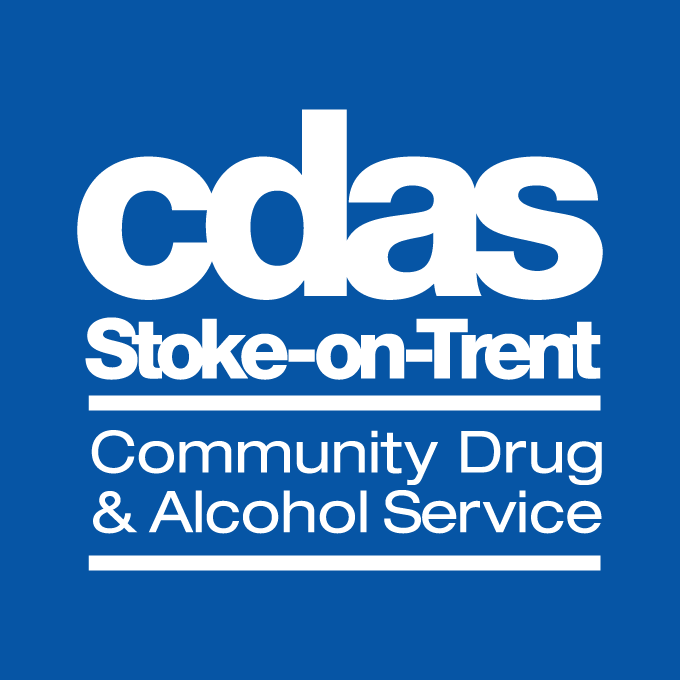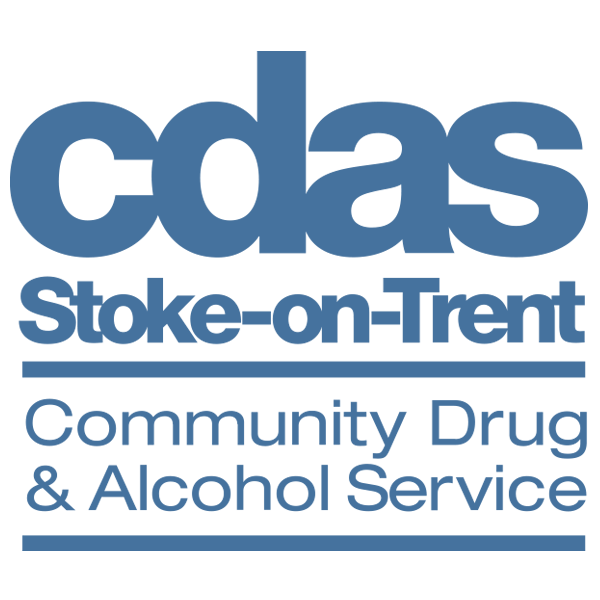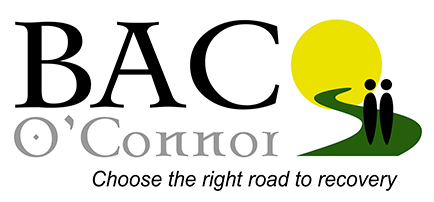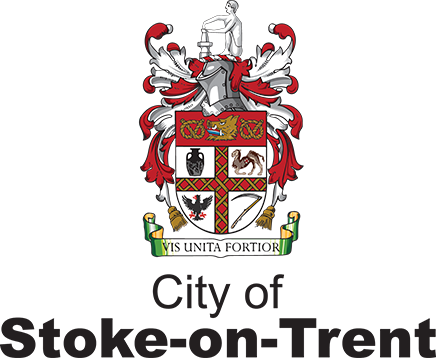If you’re dependent on alcohol
or you think you may be, it’s important to get medical advice before stopping or changing your drinking habits. Speak to your doctor if you have these symptoms of alcohol withdrawal.Step 1: Keep a drinks diary
Before you start cutting down, it’s important to know exactly how much you’re drinking, so you can measure your progress. To find out, we suggest keeping a drinks diary. You can use any notepad for this, with a new page for each day. Every time you have a drink, write down:
- What drink you had and how big it was: for example, a pint of beer or 250ml glass of wine
- Where you had it: for example, at home or in the pub
- What time you had it
After a week you’ll have a reliable record of how much you drink. This will help you measure your success – and can also give you some ideas for where you could cut down.
Step 2: Set a goal
Before you start cutting down, it’s helpful to set a small, realistic goal as a first step. Big goals like ‘cutting down’ are great – but it’s the small, gradual changes that will get you there, by building up your confidence step by step. Depending on your situation, your first step could be:
- “I will have an extra drink-free day this week”
- “I will only have one drink after dinner today”
- “I will have soft drinks rather than beer when I go to the pub on Sunday”
If you’re not sure where to start, see our advice on setting realistic goals and once you’ve decided, use our goal-setting tool to give yourself a helpful reminder.
Step 3: Start cutting down
Once you’re prepared, now is the time to start making a change. The best approach for you will depend on your goals, but here are a few different things you can try.
Have more drink-free days
Drinking every day, or almost every day, makes you more at risk of health problems from alcohol. But however much you currently drink, having an extra drink-free day each week is a simple way to make a change. This gives your body more time to recover: reducing your risk and protecting your health.
Measure your drinks – then try smaller measures. When you drink at home, it’s easy to pour bigger drinks than you would have at a pub or bar. This makes it hard to cut down because you don’t know exactly how much you’ve had. Instead, try measuring each drink when you pour it.
Measuring your drinks makes it easier to have smaller drinks than your usual. For example, if you normally have a large 175ml glass of wine, try having a 125ml glass instead. A measuring cup is an easy way to measure your drinks. You can order a drinks measuring cup online, using the button below, or use a measuring jug you already have at home.
Buy less at the shops
When you’re buying alcohol from the shops, it can be tempting to buy in bulk. But this makes it easy to drink more than you plan to. For that reason, try to limit how much you buy at the shops. For example, if you normally buy six cans of beer for a night, you could buy just four. That way, you won’t be able to drink more than you planned to.
Only drink at certain times
Drink-free days are a great way to cut down. But on days where you do drink, it can be helpful to limit your drinking to set times of day. For example, if you normally drink in the daytime, try not drinking until you have your evening meal.
Step 4: When things get tough
Making a change isn’t always easy. You could feel strong urges to drink, and sometimes you might drink when you didn’t mean to. To help you prepare for when things get tough, here are some things to think about:
Triggers
Your triggers are the situations that make you more likely to drink. Getting to know your triggers will help you avoid them and stay on course. See our advice on knowing and avoiding your triggers.
Cravings
Sometimes you might have cravings for alcohol. This is a totally normal part of cutting down. Cravings can feel unmanageable, but you can push through them. If you can distract yourself, they will go away on their own.
You could go for a walk, listen to music, make a cup of tea or do a puzzle – whatever works for you. Cutting down can also make you crave sugar and sweet foods. This is because alcohol has a high amount of sugar. You might find that having some sweets or a sugary drink helps reduce your cravings.See more advice on how to handle cravings.
Sometimes, even with the right preparation, you might experience a setback and go back to your old drinking habits. This can be especially disappointing if you’ve been making progress. But a setback is just that: a single setback. It doesn’t mean you’ve failed. In fact, it can be a chance to:
- learn more about your triggers and how to avoid them
- show other people how they can help you in future
- find new ways to cope with problems in your life
If you’ve had a setback, it can help to talk about it with someone you know. You could start with our advice on how to tell someone about your drinking or drug use. Alternatively, our webchat team offers free and confidential advice.
Get more support
If you’re finding it hard to make a change, talking to someone might help. As well as offering more support, sharing your problem can motivate you to change.
You can see the different ways you can get in touch with us here. If you’re not ready to talk to someone face-to-face, or you want to talk to someone sooner, then our web chat service can help. If you are over 50 and are worried about your alcohol use, we have a specialist over 50’s helpline you can call 0808 801 0750
- Monday to Friday, midday to 8pm
- Saturday and Sunday, 10am to 4pm
You can find out more information about the helpline here
Step 2: Set a goal
Before you start cutting down, it’s helpful to set a small, realistic goal as a first step. Big goals like ‘cutting down’ are great – but it’s the small, gradual changes that will get you there, by building up your confidence step by step. Depending on your situation, your first step could be:
- “I will have an extra drink-free day this week”
- “I will only have one drink after dinner today”
- “I will have soft drinks rather than beer when I go to the pub on Sunday”
If you’re not sure where to start, see our advice on setting realistic goals.
Step 3: Start cutting down
Once you’re prepared, now is the time to start making a change. The best approach for you will depend on your goals, but here are a few different things you can try.
Have more drink-free days
Drinking every day, or almost every day, makes you more at risk of health problems from alcohol. But however much you currently drink, having an extra drink-free day each week is a simple way to make a change. This gives your body more time to recover: reducing your risk and protecting your health.
Measure your drinks – then try smaller measures. When you drink at home, it’s easy to pour bigger drinks than you would have at a pub or bar. This makes it hard to cut down because you don’t know exactly how much you’ve had. Instead, try measuring each drink when you pour it.
A measuring cup is an easy way to measure your drinks. You can order a drinks measuring cup online or use a measuring jug you already have at home.
Measuring your drinks makes it easier to have smaller drinks than your usual. For example, if you normally have a large 175ml glass of wine, try having a 125ml glass instead.
Buy less at the shops
When you’re buying alcohol from the shops, it can be tempting to buy in bulk. But this makes it easy to drink more than you plan to. For that reason, try to limit how much you buy at the shops. For example, if you normally buy six cans of beer for a night, you could buy just four. That way, you won’t be able to drink more than you planned to.
Only drink at certain times
Drink-free days are a great way to cut down. But on days where you do drink, it can be helpful to limit your drinking to set times of day. For example, if you normally drink in the daytime, try not drinking until you have your evening meal.
Step 4: When things get tough
Making a change isn’t always easy. You could feel strong urges to drink, and sometimes you might drink when you didn’t mean to. To help you prepare for when things get tough, here are some things to think about:
Triggers
Your triggers are the situations that make you more likely to drink. Getting to know your triggers will help you avoid them and stay on course. See our advice on knowing and avoiding your triggers.
Cravings
Sometimes you might have cravings for alcohol. This is a totally normal part of cutting down. Cravings can feel unmanageable, but you can push through them. If you can distract yourself, they will go away on their own.
You could go for a walk, listen to music, make a cup of tea or do a puzzle – whatever works for you. Cutting down can also make you crave sugar and sweet foods. This is because alcohol has a high amount of sugar.
You might find that having some sweets or a sugary drink helps reduce your cravings.See more advice on how to handle cravings.
Setbacks
Sometimes, even with the right preparation, you might experience a setback and go back to your old drinking habits. This can be especially disappointing if you’ve been making progress. But a setback is just that: a single setback. It doesn’t mean you’ve failed. In fact, it can be a chance to:
- learn more about your triggers and how to avoid them
- show other people how they can help you in future
- find new ways to cope with problems in your life
If you’ve had a setback, it can help to talk about it with someone you know. You could start with our advice on how to tell someone about your drinking or drug use.
Alternatively, our webchat team offers free and confidential advice. If you’re finding it hard to make a change, talking to someone might help. As well as offering more support, sharing your problem can motivate you to change. You can see the different ways you can get in touch with us here.
If you’re not ready to talk to someone face-to-face, or you want to talk to someone sooner, then our webchat service can help. If you are over 50 and are worried about your alcohol use, we have a specialist over 50’s helpline you can call 0808 801 0750.
- Monday to Friday, midday to 8pm
- Saturday and Sunday, 10am to 4pm
You can find out more information about the over 50s helpline here.







